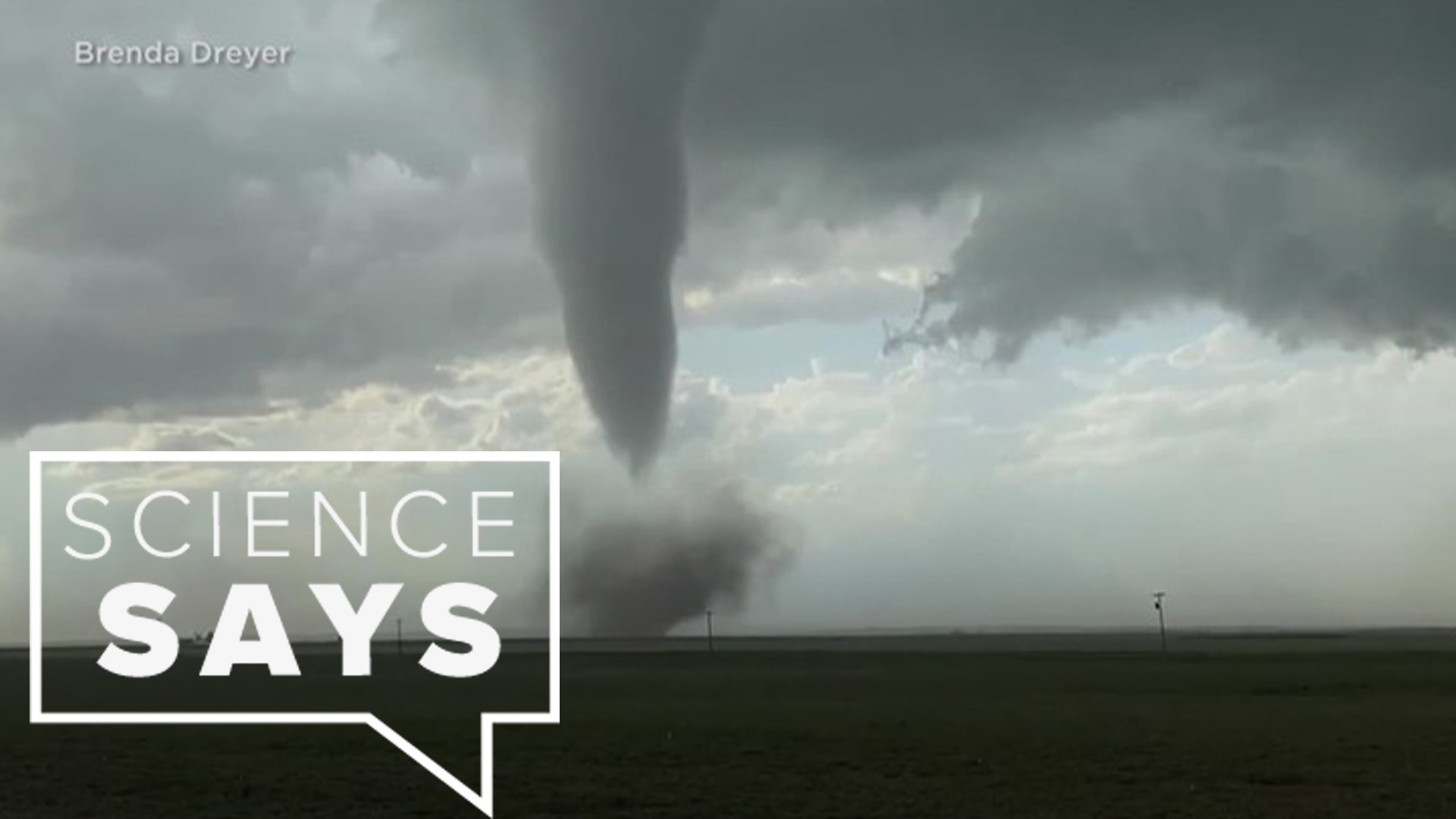LITTLE ROCK, Ark. — If you live in Arkansas, then you're no stranger to tornadoes. But did you know that not all funnels in the sky are created equal?
What you're seeing may not always be a tornado. Tornadoes are these violent rotating columns of air found at the base of a thunderstorm. They can reach sizes up to one mile in width and have winds as high as 250 miles per hour. Sometimes it can be hard to differentiate between other funnel cloud lookalikes.
Ever heard of a cold air funnel? This formation occurs beneath showers or weak thunderstorms when the air aloft is especially cold. These tend to be harmless and small in nature, rarely ever touching down or causing damage.
We also have land spouts. These don't form in thunderstorms like tornadoes. They usually happen beneath cumulus clouds and are also weak rope-like features. Unlike tornadoes, their rotation happens closer to the surface. They also become what many know as "waterspouts" once they form or move over water.
Then there are even smaller scale formations. Dust devils are rapidly rotating winds that occur due to strong surface heating. They become visible once they start picking up dust or debris. What makes these different is that dust devils usually occur best on clear, dry and hot afternoons.
On average they range from 10-300 feet but can reach heights up to 1000 feet with wind speeds reaching 60 miles per hour or more. That's strong enough to cause some minor damage.
Finally, a “gustnado” is another whirlwind formation that stems from the downburst of severe thunderstorms. But this one is caused when the winds create a strong rush of wind at the ground. This could cause rotation to develop and help create these features.
So here are a few tips to help you differentiate between a tornado and these other types of funnels:
- Is there a low hanging cloud, called a wall cloud, sticking out at the bottom of a severe thunderstorm?
- If so, can you see any rotation?
If you answered yes to both, then you most likely are observing a tornadic funnel forming versus the other kinds.
Knowing how to spot these could come in handy as we enter severe weather season.

